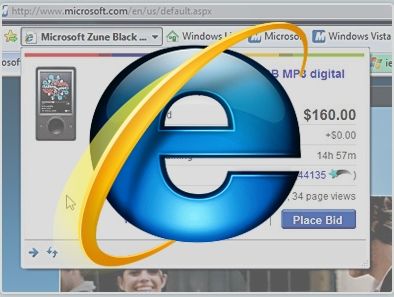
rpm package with the following wget command Start by opening your terminal and downloading the latest Google Chrome. Prerequisites #īefore continuing with this tutorial, make sure you are logged in as a user with sudo privilegesįollow the steps listed below to install Google Chrome on your CentOS system: The same instructions apply for any RHEL based distribution, including Fedora and Scientific Linux. This tutorial explains how to install the Google Chrome web browser on CentOS 7. , an open-source browser which is available in the EPEL repositories It is fast, easy to use and secure browser built for the modern web.Ĭhrome is not an open-source browser, and it is not included in the CentOS repositories.

Select the Dashlane D icon in your browser’s toolbar, and select Create an account.Select the Show in toolbar icon, shown as an eye with a slash through it, next to the Dashlane extension.The slash disappears from the eye, and the Dashlane D shows up next to the search bar.To see the Dashlane extension in your Edge toolbar: Select Add extension to confirm you want to add the extension to your browser.Turn on Allow extensions from other stores and then select Allow.

Select Manage extensions in the pop-up that opens.Select the 3-dot menu in the toolbar in Microsoft Edge.Install the Chrome extension in Microsoft Edgeīecause Microsoft Edge is a Chromium browser, you can also use the Dashlane Chrome extension with Edge. The Pin icon turns blue, and the Dashlane D shows up next to the search bar. Select the Pin icon next to the Dashlane extension.In your browser toolbar, select the Extensions icon, shown as a puzzle piece.To see the Dashlane extension in your Chrome toolbar: Pinning the extension ensures that Dashlane always stays visible. Find the Dashlane extension in the Chrome Web Store.


 0 kommentar(er)
0 kommentar(er)
